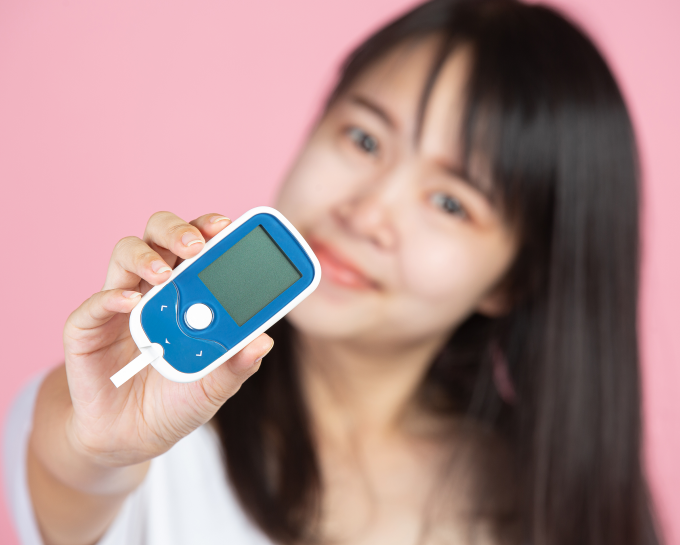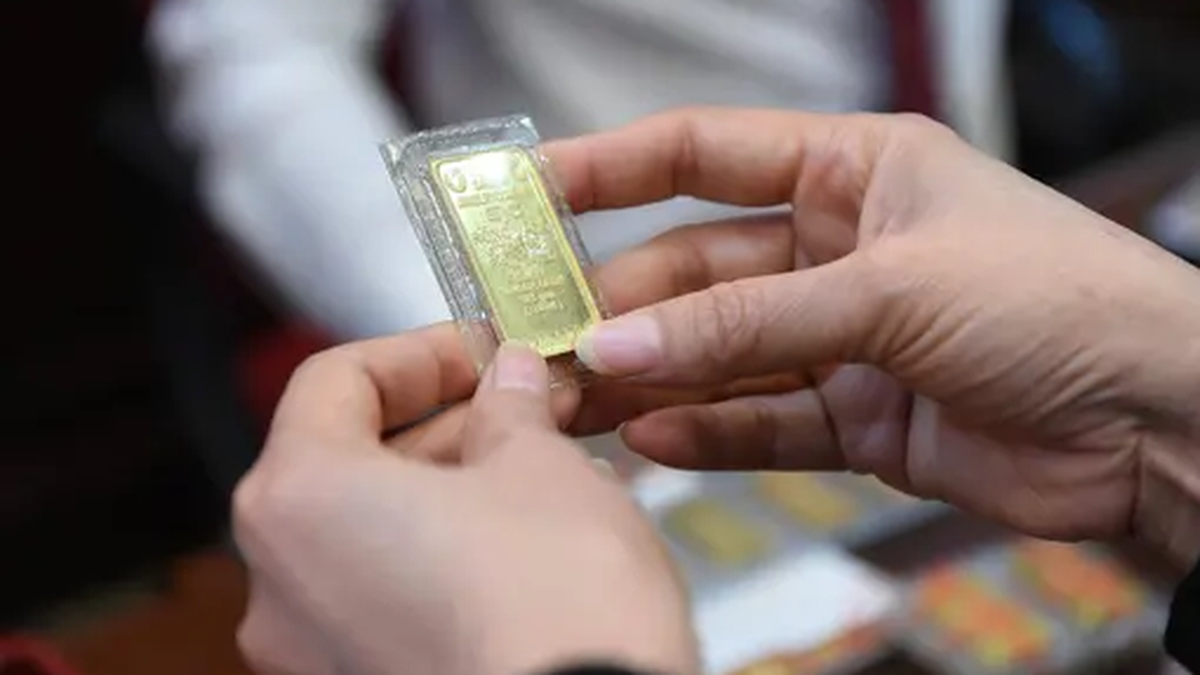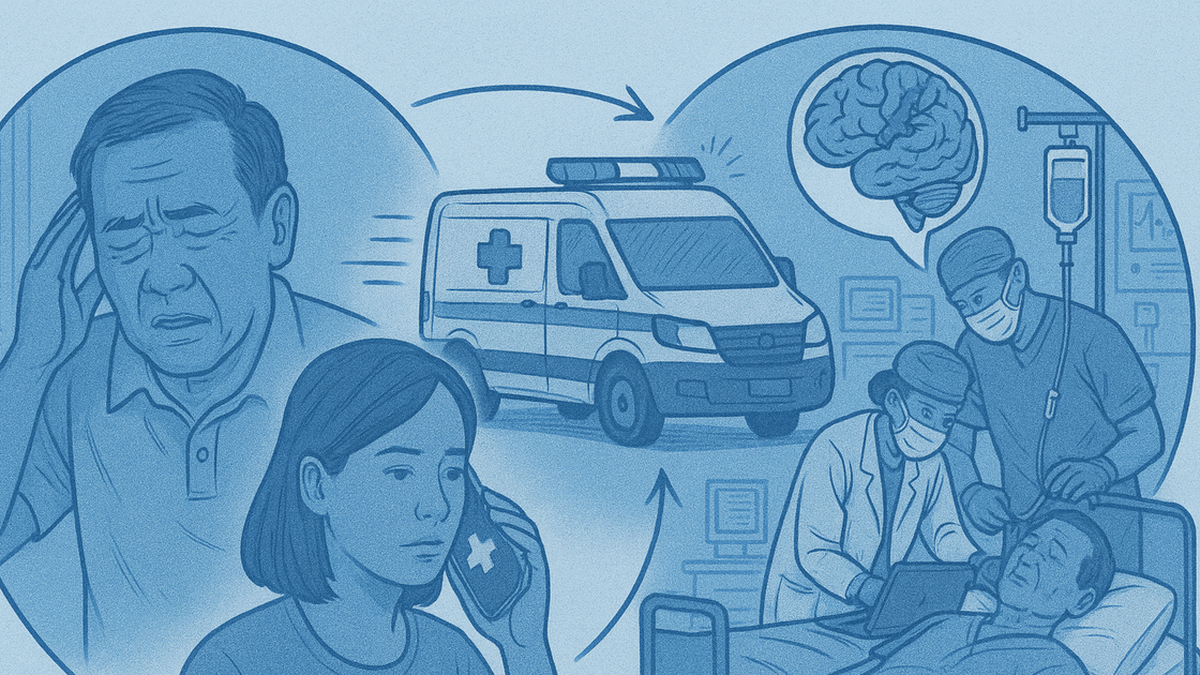People with diabetes may check their blood sugar more or less three times a day depending on the type of diabetes; taking new medications; changing diet and exercise.
People with diabetes should check their blood sugar (blood glucose) at home. How often they check depends largely on the type of diabetes and how often they use insulin.
Type 1 diabetes is a genetic disorder and people with this disease use insulin daily or several times a day to manage glucose (sugar). Type 2 diabetes is a disorder that is mainly caused by lifestyle, and blood sugar can be monitored less than type 1 diabetes. Here are some factors that can affect a person's blood sugar.
Treatment goals
The American Diabetes Association (ADA) recommends checking blood sugar at least three times a day if you need to inject insulin multiple times a day. However, the number of times depends on your treatment goals.
People with type 1 diabetes need to inject insulin multiple times a day and need to monitor their blood sugar levels regularly. However, regular blood sugar monitoring is not always helpful for people with type 2 diabetes, especially those who do not use insulin. Your doctor can advise you on the appropriate frequency and timing.
Use medicine
Some oral medications can cause low blood sugar. People who take insulin several times a day and some medications used to lower blood sugar should monitor their blood sugar levels carefully.

Measuring blood sugar helps prevent sudden increases and decreases in blood sugar. Photo: Freepik
Change your lifestyle
If you have just been diagnosed with diabetes, started a new medication, started eating foods you didn’t eat before, or made other changes, you may need to check your blood sugar more often. These changes may include gaining or losing weight, exercising more or less, or changing the type of insulin you use. People who are changing their treatment regimen should check more often throughout the day.
Blood sugar at diagnosis
People with high blood sugar when they are diagnosed will need to monitor their blood sugar closely. According to the American Diabetes Association, a diabetic’s blood sugar level before meals should be between 80 and 130 mg/dL; after meals it should be below 180 mg/dL. A person with a blood sugar level of about 500 mg/dL when first diagnosed will need to check more often than a person with a blood sugar level of 180 mg/dL.
Blood sugar control history
The ADA further recommends that patients who are meeting their treatment goals should have an A1C test at least twice a year. The A1C test shows a person's average blood sugar level over the past 3 months. For patients who have changed their treatment or are not meeting their treatment goals, the ADA recommends more frequent A1C testing.
An A1C result below 7% indicates relatively good long-term blood sugar control. You may test less often if you are not taking insulin. You may choose to test twice a day, before and after breakfast, lunch, dinner, or before bed.
Kim Uyen (According to Health )
Source link
































































































Comment (0)